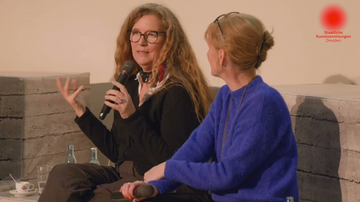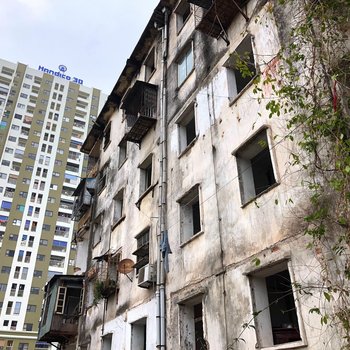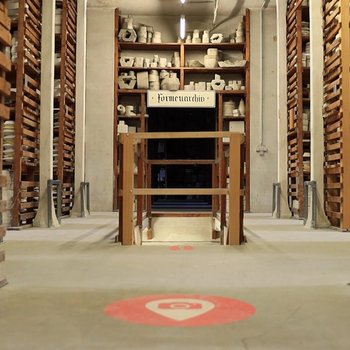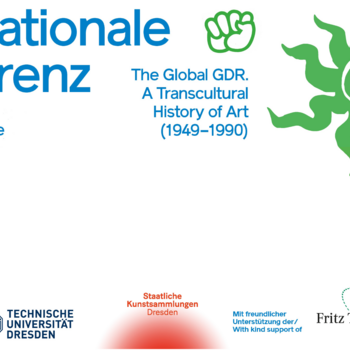
REBELLINNEN – FOTOGRAFIE. UNDERGROUND. DDR. - Synposis
Tina Bara, Cornelia Schleime and Gabriele Stötzer are rebels. As young women in the GDR in the 1970s and 80s, the three were full of Sturm und Drang and without fear. They want to be free - and because that is not possible, they at least want to make art that expresses what they feel. Their pictures tell in a touching way of their being at the mercy of a system that oppresses many young creative people. When the conflict with state security escalates, they have to make a decision: Stay or go. Pamela Meyer-Arndt's film offers a new perspective on the art and lives of these three fascinating women. (Translated from: https://salzgeber.de/rebellinnen)

Also of interest:
The annihilation of Vinh City by US bomb raids offered an opportunity for experimental planning and for transforming the small industrial town into a model socialist city. The GDR’s ambitious task of comprehensive reconstruction involved working collectively on both the creation of a master plan and its realization in built form. Christina Schwenkel on the Quang Trung housing complex.

Part 2 of MeissenLab examines corporate culture and production at the Meissen manufactory in GDR times. Tradition is key here; some Meissen families can trace their employment at the “Manu” as far back as the 18th century.

For the “Counterpoints” project, the SKD are studying the international history of the East German cultural sector - a project about the history of their own collection; about dialogue and networking. Above all, however, it is about correcting the narrative describing that history as provincial and isolated from modernism. In June, TU Dresden’s Chair of Visual Culture Studies in a Global Context organised a conference on the ties between the GDR cultural sector and the Global South, working with the Albertinum and the TU Office for Academic Heritage, Scientific and Art Collections.
